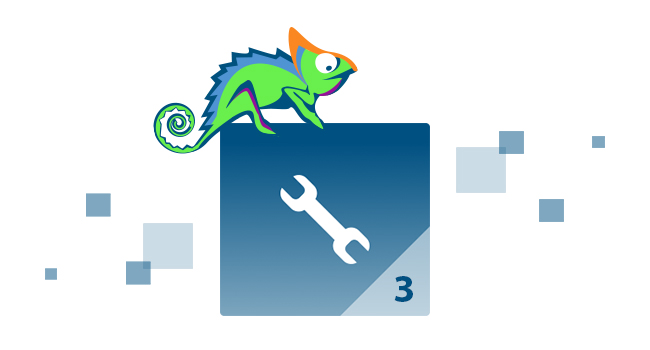In our previous blog post, we discussed how to create work packages for maintenance tasks. Now it’s time to process them. There are various ways to do this, but mobile processing is the most efficient method.

How can you digitize inspection results?
The company’s setup affects the processing organization and procedures. If you only place an order in your software when it appears and you work with different service providers or smaller companies that aren’t digitally advanced, you may have to provide the order with a checklist by mail or paper form. Consequently, you also receive the inspection results on paper. Then, you have to decide whether to post-document the result in the system or simply assign the scanned inspection report to the respective plant in the software. Although there’s a big difference in quality, any solution that digitizes the results is better than nothing in terms of your verification obligation and operator responsibility.
Getting Closer to Digitization with Mobile Apps
To ensure that your maintenance and testing results are documented in your software, it’s best to require your service provider to use a mobile application on site. This app allows for real-time progress tracking, and inspectors can easily access asset data and view other documents during maintenance. However, it’s important to consider the IT-related aspects of this approach. If the app is located on the intranet, access to the corporate network must be restricted. Bring Your Own Device (BYOD) concepts are also more technically demanding.
A practical solution is to provide the service provider with a device that has the mobile application installed. This ensures your security needs are met, and the device is limited to processing work packages in a targeted manner, free of media disruption. The app should have integrated scanners and cameras, allowing the service provider to easily document problems and situations via photos. The app should also have the option of voice input for longer texts, so as not to impair the workflow on site.
The inspector’s signature can also be documented in the software, linked to their individual login to the system. This way, high-security requirements can be met while ensuring auditability.
How to document abnormalities in maintenance tasks?
Before beginning maintenance tasks, it’s important to consider how any abnormalities or deficiencies will be documented. If the system is functioning properly, documentation is relatively simple, but such cases are often only of interest for the sake of completeness. More interesting are cases of abnormalities.
The software should make it immediately clear whether an inspection was carried out or if the object was inaccessible. Any activities that were not in order should be marked as “Deficiency” or “Safety-relevant deficiency”.
Your app should also allow service providers to document deficiencies through photos, text, or voice input.
In the next part of our mini-series, we will explore what happens after the work packages have been processed.
If you don’t want to wait and want to get more information about the benefits of software for maintenance now, call us at 0049 6251 584 0 or send an email to info@speedikonfm.com – our employees will be happy to advise you.